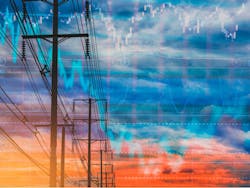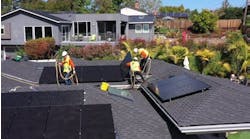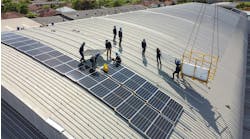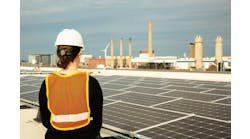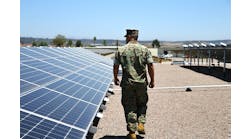California is on a cutting edge quest to find ways to accurately value decentralized energy, as evidenced last month in its microgrid tariff decision, and this week as it takes up a proposal on using distributed energy as non-wires alternatives.
The California Public Utilities Commission is slated Thursday to consider two pilot programs that offer tariffs and standard offer contracts to distributed energy resources (DERs) that can be used by utilities in place of traditional infrastructure investments (Rulemaking 14-10-003).
Update: The commission on Thursday voted to extend the proceeding until August 15, 2021.
The state is attempting to rectify a long-standing problem plaguing decentralized energy. Solar, storage, microgrids and other DERs can benefit not only the homes and businesses they serve, but also the grid. However, in many cases, no payment mechanism exists to compensate them for the service. As a result, resources go unused, creating what DER advocates see as economic inefficiencies — utilities invest in infrastructure upgrades when they could be tapping into customer DERs.
To correct the problem, Administrative Law Judge Kelly Hymes has proposed a five-year “Partnership Pilot,” named so because it relies on partnerships between DER owners, energy aggregators and utilities.
How payment to DERs would work
California utilities would pay customers for their DERs under a tariff. An earlier draft of the plan recommended four tiers.
The first tier is an upfront payment to install DERs and commit to dispatch. The second tier would pay DERs during testing to ensure they are technically capable of dispatching when called. The need for this tier, however, was questioned by several parties, and Hymes recommended against it. The third tier would pay DERs to reserve a specific amount of capacity and energy for a specific time frame. The fourth would pay DERs for actual dispatch.
Aggregators would do the heavy lifting for DER owners, acting as the intermediary between them and the utility. The aggregators would file offers to utilities based on the utilities’ capacity needs, as specified in reports they would file showing where opportunities exist for DERs to act as non-wires alternatives. Contracts would run up to 10 years.
Hymes’ proposed decision calls for evaluation of the program after three years to determine if it should continue in years four and five.
The proposed decision also recommends a second pilot program, which would create a three-year standard offer contract, designed for large, front-of-the meter DERs. The contracts would be granted under a simple auction process and include cost caps.
Utilities would make their needs known by establishing an annual procurement goal seeking DERs capable of deferring a grid investment for at least one year.
The Clean Coalition, a nonprofit that works to create opportunities for DERs and microgrids, praised the proposed decision as likely to “fundamentally change” how non-wires alternatives are handled in the state, but also recommended some revisions. Among other things, the nonprofit said that utilities should consider not only cost, but also decarbonization when selecting projects.
What’s next?
The commission is scheduled to take up the proposal during its scheduled meeting Thursday, Feb. 11 (Agenda ID #19107).
If the proposal is approved, utilities will develop pages on their websites by April 30 that describe the Partnership Pilot, advertise its upcoming launch and explain that aggregators will be looking for customers to enroll in the program. By Sept. 15, utilities would offer a list of prescreened aggregators and their contact information. Customers who want to enroll in the program would begin by contacting an aggregator.
Track news about non-wires alternatives. Subscribe to the free Microgrid Knowledge Newsletter.
